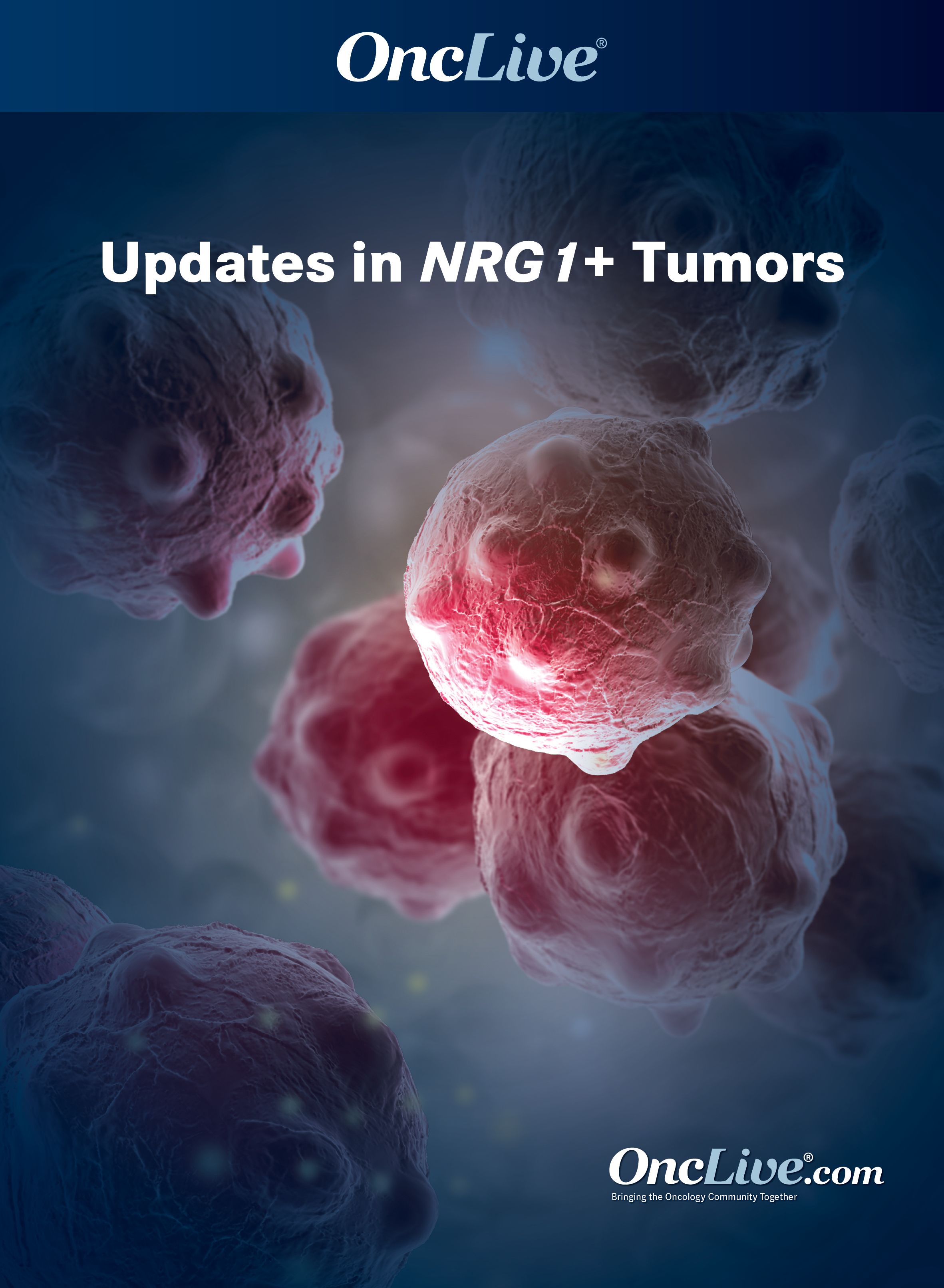Publication
Video
Supplements and Featured Publications
Dr. Elamin on NRG1 Fusions in Solid Tumors
Author(s):
Yasir Y. Elamin, MD, discusses NRG1 fusions in solid tumors.
Yasir Y. Elamin, MD, assistant professor, Department of Thoracic/Head and Neck Medical Oncology, Division of Cancer Medicine, The University of Texas MD Anderson Cancer Center, discusses NRG1 fusions in solid tumors.
NRG1 fusions result from the fusion of the NRG gene with an additional partner gene. However, they are rare, occurring in approximately 0.2% of all solid tumors, Elamin says. NRG1 fusions are enriched in a mucinous adenocarcinoma of the lung and KRAS wild-type pancreatic adenocarcinoma, Elamin adds. The NRG fusion protein binds to the HER3 protein on the surface of the cancer cell, causing downstream signaling and activating other pathways, Elamin explains.
Due to the rarity of NRG1 fusions, extensive clinical research remains a relatively new endeavor, Elamin continues. However, based on limited retrospective studies, patients with NRG1 fusions may not be as responsive to traditional chemotherapy and immunotherapy, limiting the treatment options in the metastatic setting, Elamin explains.
The best way to test for an NRG1 fusion is through RNA-based sequencing. Since the intronic region in the fused gene is large, it is easier to detect NRG1 fusions using an RNA-based sequencing platform, Elamin concludes.


































%20(2)%201-Recovered-Recovered-Recovered-Recovered-Recovered-Recovered-Recovered-Recovered-Recovered-Recovered-Recovered-Recovered-Recovered-Recovered-Recovered-Recovered-Recovered.jpg?fit=crop&auto=format)
%20(2)%201-Recovered-Recovered-Recovered-Recovered-Recovered-Recovered-Recovered-Recovered-Recovered-Recovered-Recovered-Recovered-Recovered-Recovered-Recovered-Recovered-Recovered.jpg?fit=crop&auto=format)
